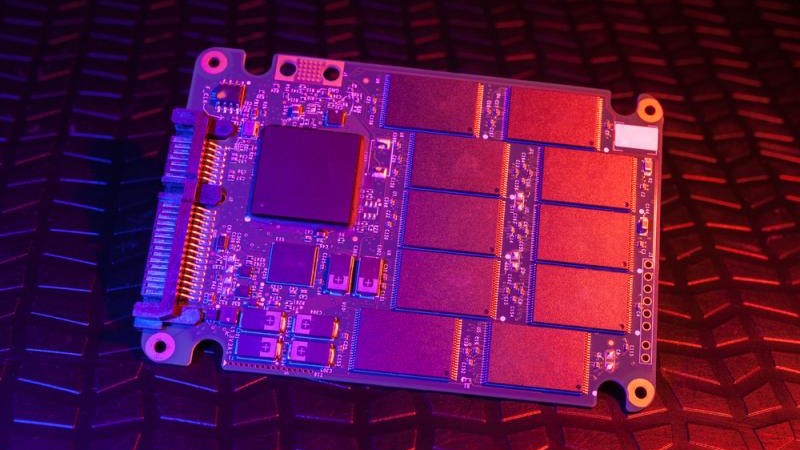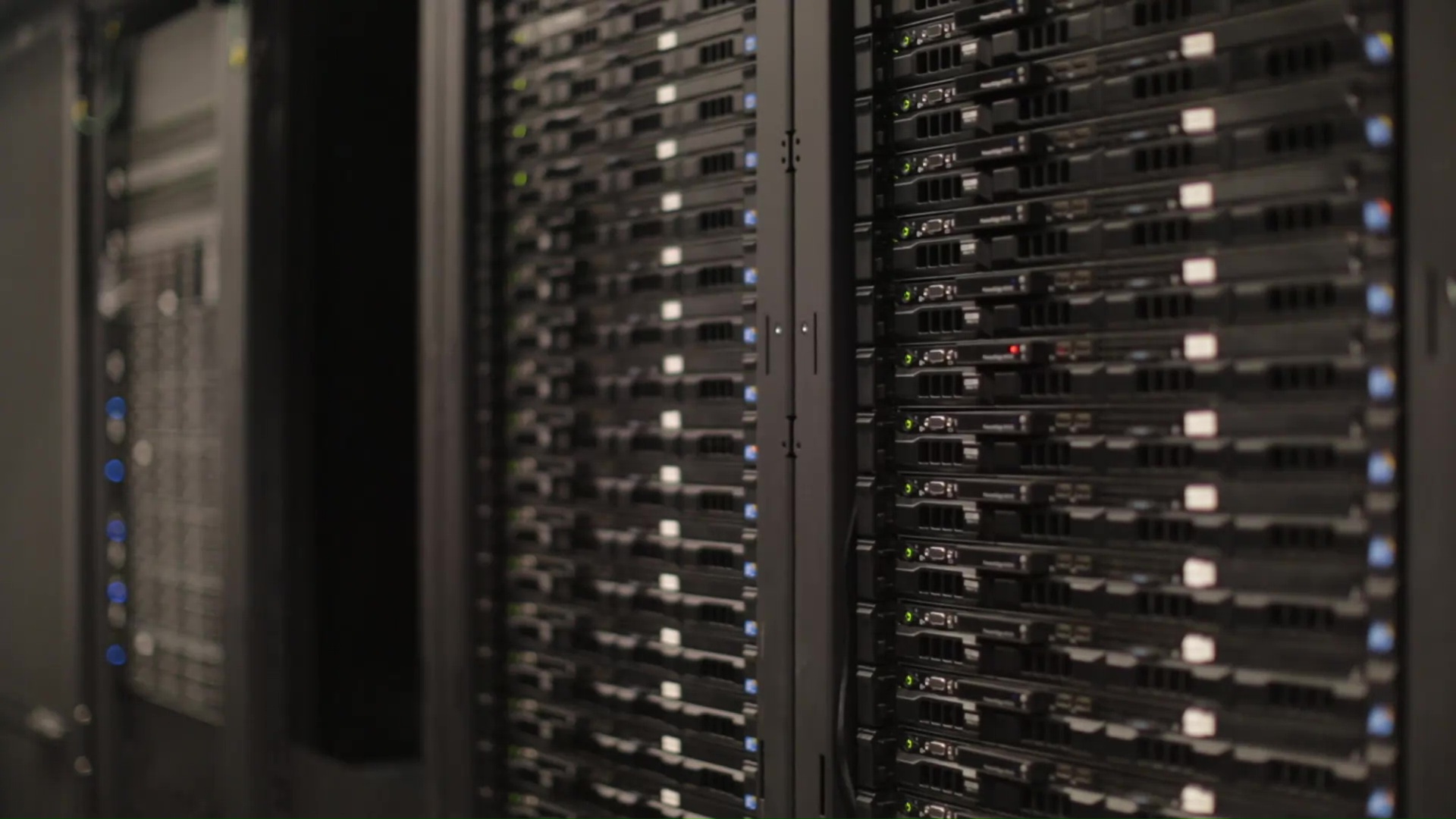Where SSDs make sense in the modern data center
Not all workloads require the performance boost that SSDs provide

Flash technology is nothing new. SSDs have been around long enough now that the industry has seen them graduate from being a high-priced luxury to the standard media used in storage arrays across the spectrum of devices and computing platforms.
Specialized use cases where performance is king, like high-frequency trading, AI/ML, and supercomputing have taken advantage of SSDs for years. Major cloud providers have been consuming massive quantities of flash storage in a technological arms race to provide potential customers with the greatest user experience. Over the last few years, however, all-flash arrays have begun to arrive as an option in mainstream storage price-bands, no longer out of reach to those with limited IT budgets.
As the cost of flash storage has dropped, the inherent performance and form factor advantages have become increasingly compelling for an ever-greater number of applications. In fact, SSDs are enabling IT managers to realize incredible advantages beyond what the drives themselves are capable of achieving.
- We've put together a list of the best cloud storage services around
- These are the best cloud computing services on the market
- Also check out our roundup of the best business laptops

The power of flash
One clear advantage is power consumption. Since SSDs can be powered up and down as needed with negligible impact to performance, they save more power at the overall system level when compared to its spinning media predecessor. This power savings adds up quickly, and can allow for an extra server to be placed in a rack where it might have hit its power limitations otherwise. This leads to a smaller physical footprint as well as reduced cooling requirements, for added savings on overhead and operating costs.
In a similar vein, the combination of massive performance advantages coupled with greater capacities allows IT managers to meet overall system requirements with fewer drives. This translates to fewer servers and storage nodes required for build-outs, and therefore more efficient budgetary usage. As an added bonus, media isn’t being worn down constantly the way spinning media are when utilized in performance-sensitive applications. This means fewer drive replacements, and possibly even more budget to improve your IT infrastructure.
Not a one-size fits all
At this point, you’re likely already utilizing SSDs to some extent in your data center. If not, you may be considering it, wondering where you could implement them strategically to get the most out of your investment. It’s a valid question, and one for which it’s hard to provide a straight answer. This is because, like so many other things in life, “it depends.”
These days, it’s easy for flash vendors to claim that SSDs are the superior choice for any and all data center applications – but that’s not strictly true. Not all applications and use cases realize a significant benefit from performance increases at the drive level. In such cases, the price difference between flash and spinning media is simply not justifiable, and will only waste precious IT budget. So where then, in the modern data center, do SSDs provide the biggest advantage? Let’s explore a few examples that are more relevant to the most typically-sized data centers.
Sign up to the TechRadar Pro newsletter to get all the top news, opinion, features and guidance your business needs to succeed!

Implementing SSDs effectively
One application where SSDs have already taken over is in large databases. While not a fit for archival storage, any database workload that requires actual movement of data can see a massive improvement in performance. As a result, there are certain instances where there is a “border” between archival and active databases when it comes to data rewrites. Performing rewrite operations on spinning media will suffer terribly, as the massive difference in latency and read/write performance between the CPU/DRAM and storage will cause a bottleneck hindering the whole system. SSDs allow for much faster and far more parallel data operations, enabling applications to run more smoothly and responsively.
The same goes for object non-archival storage. The data constantly being created, written, and moved around from logs and analytics falls into the same category as rewrite operations. Anywhere these data operations get held up waiting for the storage media to complete a task causes a delay that will have repercussions. In short, wherever written data needs to be changed, SSDs will provide a clear advantage.
This includes data deletion. Now, deleting data could seem like the opposite of writing data, which is where SSDs provide the most advantage. However, deleting data equates to a change to the data on any given media. This can result in new writes as the deleted data frees up capacity, or changes to related logs, metadata, etc. which will require those dreaded rewrites we spoke about previously. In the end, the outcome is the same.
If the boot fits...
While historically SSDs have been too expensive to be a mainstream boot device, that is rapidly changing, and flash technology is beginning to provide significant benefits to boot applications. New HDD technologies may claim to be able to offset some of the advantages of SSDs, but they can require changes and tuning to realize any actual benefits. Without these changes, they can be the same (or even worse) than legacy HDDs.
SSDs have an inherent reliability advantage due to not having any moving parts, as well as providing significantly faster boot time. This also translates to more consistent and rapid disaster recovery. Flash media also offers improved data integrity and lower bit error rates. This means errors on boot or the need to replace the media, both of which can cause outsized headaches, are significantly diminished.
Overall, SSDs are going to enable you to get the most out of your IT infrastructure. Performance sensitive applications will deliver the best results. Data-manipulating workloads will run more cleanly. That shiny new hardware and game-changing software you just dropped into your data center won’t be held back by drive-level bottlenecks. No, SSDs won’t do anything for archive data that sits on legacy systems gathering dust. But if your data is moving, it will always move better and more cost-efficiently on flash. If you’re looking for a way to maximize the efficiency of your data center or IT budget spend, SSDs are definitely the boot that fits.
Darren Bury, SSD Marketing Manager at Samsung Semiconductor
- We've also highlighted the best SSDs on the market
Darren Bury is the SSD Marketing Manager at Samsung Semiconductor. He collaborates with key customers to ensure product alignment and perform co-marketing activities.
